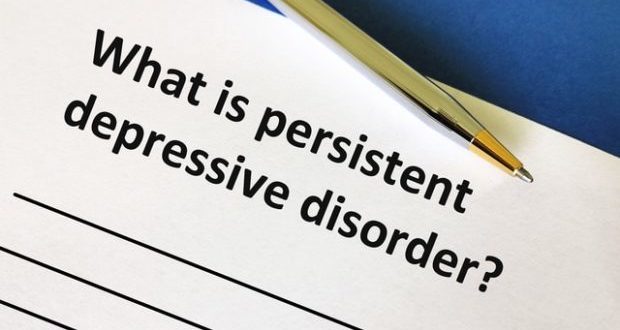Persistent Depressive Disorder (PDD)
After former Miss USA Cheslie Kryst tragically took her own life in January, the incident sparked widespread conversation on mental health issues.
According to April Simpkins, Kryst had previously attempted suicide but took measures to cope with her struggles. As a result, Kryst maintained a successful career as a lawyer and news correspondent until her death. She also maintained close relationships with family members and friends — all while silently battling with what Simpkins described as “high-functioning” depression.
Simpkins was aware of her daughter’s battle with “high-functioning” depression, or persistent depressive disorder (PDD), but she said Kryst hid her symptoms from “everyone.” This made the severity of her mental state difficult for loved ones to gauge.
If you believe you or someone you know is living with PDD, read this article to learn more about the signs and symptoms and what you can do to support those you care about.
What is Persistent Depressive Disorder (PDD)?
Although Kryst’s mental health journey ended tragically, PDD is not uncommon. In fact, three percent or more of the U.S. population will experience PDD at some point in their lives.
PDD is a mood disorder recognized in the Diagnostic and Statistical Manual of Mental Disorders (DSM-5). It’s described as a consolidating major depressive and dysthymic disorder. It’s a chronic form of depression with symptoms resembling those of major depressive disorder. However, symptoms are not as severe and have less impact on a person’s functionality.
According to the Mayo Clinic, a PDD diagnosis is made when someone experiences symptoms nearly every day for two or more years. Some of the most common symptoms include:
- Loss of interest in daily activities
- Lack of energy or fatigue
- Difficulty concentrating and making decisions
- Feelings of emptiness
- Low self-esteem
- Changes in sleep or appetite
While PDD manifests differently in everyone, most people see symptom relief from a combination of psychotherapy and medication. Unfortunately, suicidal thoughts or actions are more common among individuals who meet the diagnostic criteria of at least one psychiatric illness — including PDD — than those without a psychiatric or medical history.
If you’re worried someone you care about is experiencing suicidal ideation, a broad range of contemplations related to death or suicide, it’s crucial to connect them with the right resources. Call the National Suicide Prevention Hotline at 1-800-273-8255 or 911 if you or a loved one is at risk of harming oneself or completing suicide.
How to Support Someone With PDD
Helping a loved one living with PDD can be challenging for any individual. No matter how hard you try, it may appear as if nothing makes that person feel better or alleviates their symptoms. Luckily, you can do a few things to support a person during a depressive episode to help them feel loved and supported.
Educate Yourself
The best thing you can do for someone with PDD is learn the nuances of their illness. A better understanding of what triggers symptoms and makes them more manageable can help you support your loved one.
Create a Low-Stress Environment
Even if someone appears “functional,” living with any form of depression can make everyday tasks stressful and overwhelming. Offering to help your loved one with daily responsibilities or household chores is one of the simplest ways to support someone living with PDD.
While it’s smart to ask your loved one what you can do to help, make sure they know it doesn’t inconvenience you. Also, people with depression commonly feel like a burden to others. Thus, it should be clear that you’re doing these things because you want to — not because you need to.
Be a Compassionate Listener
Another thing you can do to support someone battling depression is practice compassionate listening. Being a good listener is more meaningful to those struggling with mental health than dishing out positive affirmations or reassurance.
Demonstrating that you’re present and attentive without preaching to them will make your loved ones trust you more. In turn, they’ll be more likely to open up about what’s bothering them.
Plus, many people internalize their thoughts or feelings and are hesitant to share what they’re going through. Showing you can listen with a genuine, non-judgemental ear will make that person feel comfortable and better understood.
Final Thoughts
Learning to cope with PDD is challenging but necessary. With the right tools and support system, it’s possible for a person living with a persistent depressive disorder to lead a long and fulfilling life! Here’s why you need professional help when fighting depression.






